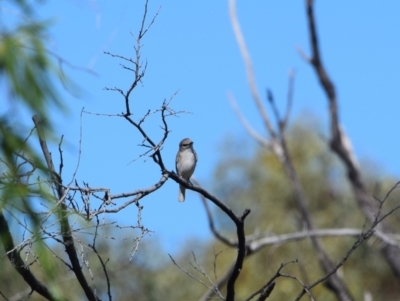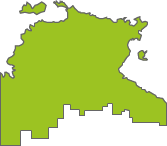Featured sightings
Top species richness
Announcements
15 Apr 2024
Hi everyone,A huge thanks to those who completed the Future of NatureMapr survey recently, we appreciate the time and effort you invested to let us know what you think.We received about 400 survey res...
Continue reading
CALLING ALL TESTERS: Update 4.4.0
Application Testing: Update 4.4.0
NatureMapr video launch - please share
Discussion
Grassman
wrote:
26 Oct 2023
Can't discount T. longiceps at that distance, even though its not common in the area
Triodia sp.
Grassman
wrote:
19 Oct 2023
T basedowii is by far the most common species within 200 km of the area and its not T longiceps (wrong leaf colour) or T bitextura (wrong flowerhead type); the only other species recorded
Triodia basedowii
Top contributors
- LyndalT 100
- HelenCross 2
- Jamal 1
Top moderators
- jks 1
- Liam.m 12
- MatthewFrawley 5
- natureguy 34
- Tapirlord 35
- trevorpreston 0
Explore Australia by region
Australian Capital Territory
Canberra & Southern TablelandsNew South Wales
Albury, WodongaCanberra & Southern Tablelands
Central West NSW
Far West New South Wales
Greater Sydney
Hunter Region
New England
New South Wales North Coast
Riverina Murray
South Coast
Southern Highlands
Northern Territory
Central and BarkleyTop End and Big Rivers



























































































